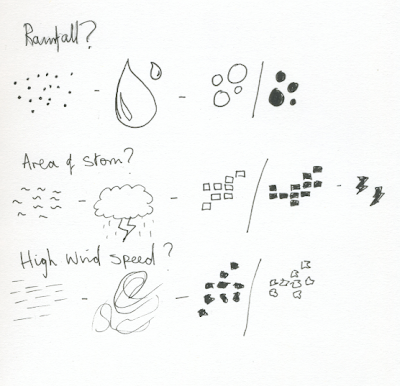Brief
Re-imagine the backing paper for a photo frame. This must include the dimensions of the frame. You must produce a minimum of three designs, which work as a set across three different frame sizes. Choose from the frame dimensions below:
6x4 inches - 7x5 inches - 8x6 inches
A5 - A4 - A3
Be creative with your manipulations and compositions. Consider how to engage a buyer and what needs to be communicated.
Not all your investigations should take place on the Mac. Digital image capture methods such as scanning and digital photography allow you to import media from a range of sources (photographs, photocopies, drawings, tracings, found material etc.) Once you have imported this material how can you manipulate using the tools and capabilities of Photoshop (cropping, selecting, layering, repeating, colour changes, reversing out etc.)
All typography and vector based images must be produced in Adobe Illustrator. Any images must be manipulated in Adobe Photoshop. The final composition must be produced in Adobe Photoshop.
|
I went out and photographed photo frames with stock images to see the type of images that are being used. Many of them feature generic photos which match the frame its in. For example, a white frame would typically have a black and white photo to match and the typeface would fit the frame/brand.
The frame above uses a typical photograph which matches the frame its self. The frame is minimal and sophisticated and the age of the people in the photo could suggest its target audience. The white could suggest wedding photos and the gray scale image could show maturity.
The serif and script types used also relates to this as it is often found on wedding invitations.
Clas Ohlson sell simple thick frames which match their brands bold sans-serif logo. These frames were all either black or white and like the one above had a black and white image as the backing photo. The photo used can encompass a large audience although it is fairly generic and uninteresting. The fonts used however match the brand and work well with the frame.
Some of the most common backing photography were holiday pictures. These in particular are trying to represent a high quality image/lifestyle using 'alternative' images of Paris. The colours have also been slightly adjusted to resemble analogue photography.
Type only template which makes use of the space and links the font with the frame as it is a chunky serif that matches the thick frame. The brand as been clearly included as well as the dimensions.
Again this is a simple non decorative frame and the content of the image reflects this. There may be too much information but the key info has been communicated clearly through the use of a large bold font. The use of a tag line gives all the frames a theme which works with the brand and makes it more friendly. The colours aren't really that interesting or eye catching and the circle isn't really necessary as it unbalances the composition.


































